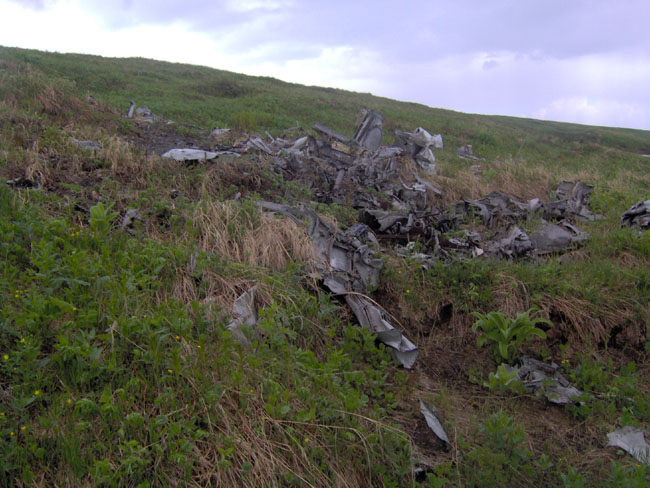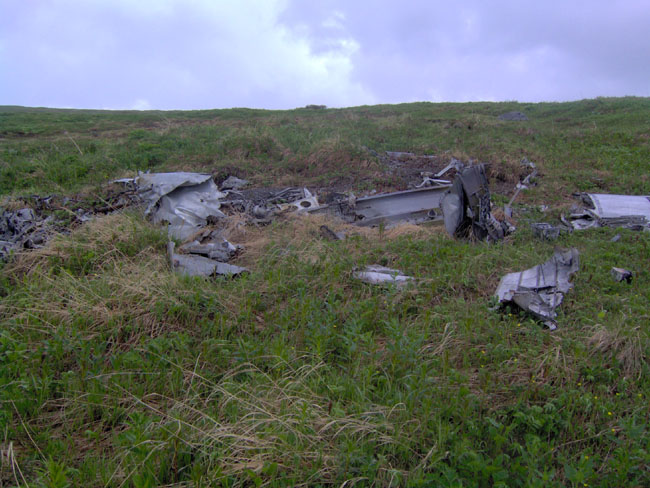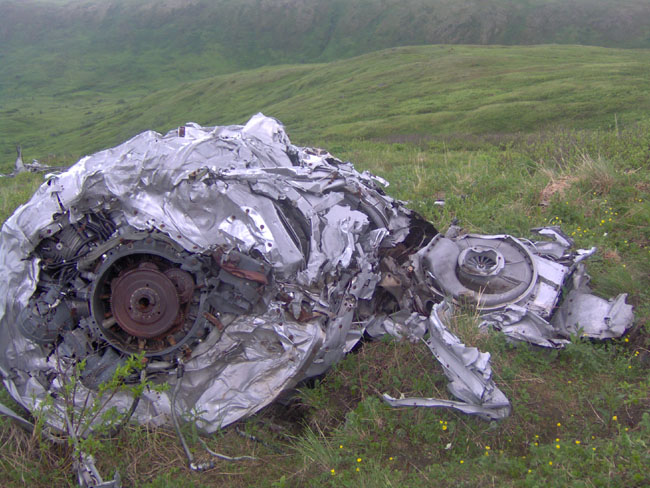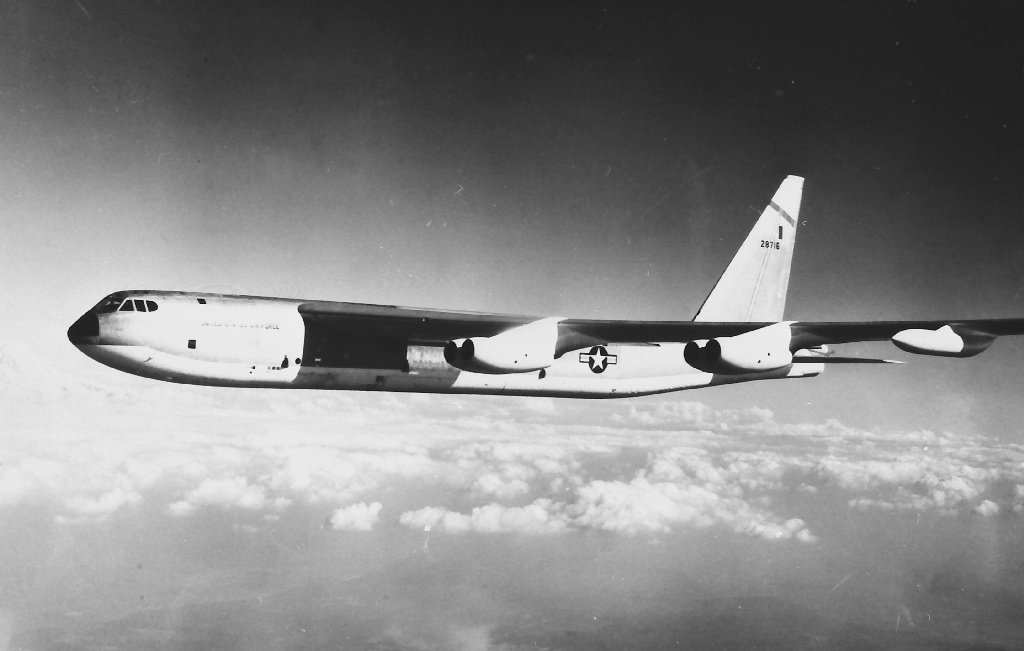Crash of a Lockheed C-121C Super Constellation in Dhahran: 12 killed
Date & Time:
Dec 31, 1956 at 0004 LT
Registration:
54-0165
Survivors:
Yes
Schedule:
Charleston – Hamilton – Horta – Lisbon – Tripoli – Dhahran
MSN:
4184
YOM:
1954
Crew on board:
7
Crew fatalities:
Pax on board:
31
Pax fatalities:
Other fatalities:
Total fatalities:
12
Captain / Total hours on type:
282.00
Copilot / Total hours on type:
926
Circumstances:
The four engine aircraft was performing a flight from Charleston to Dhahran, carrying high ranking officers from the US, Pakistan and Iranian Army. The approach to Dhahran was completed by night and marginal weather conditions. Just past midnight, the aircraft struck the ground and crashed one km short of runway. Twelve occupants were killed while 26 others were injured. The aircraft was destroyed. At the time of the accident, there were scattered clouds with limited visibility. Six minutes prior to the accident, the visibility was estimated to three km with a northwest wind at 5 knots.
Probable cause:
The exact cause of the accident could not be determined with certainty. However, at the time of the accident, the Ground Controlled Approach (GCA) system was inoperative.







